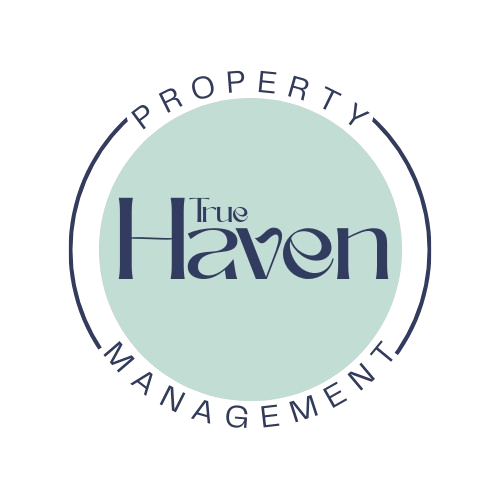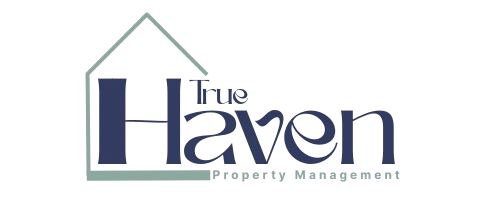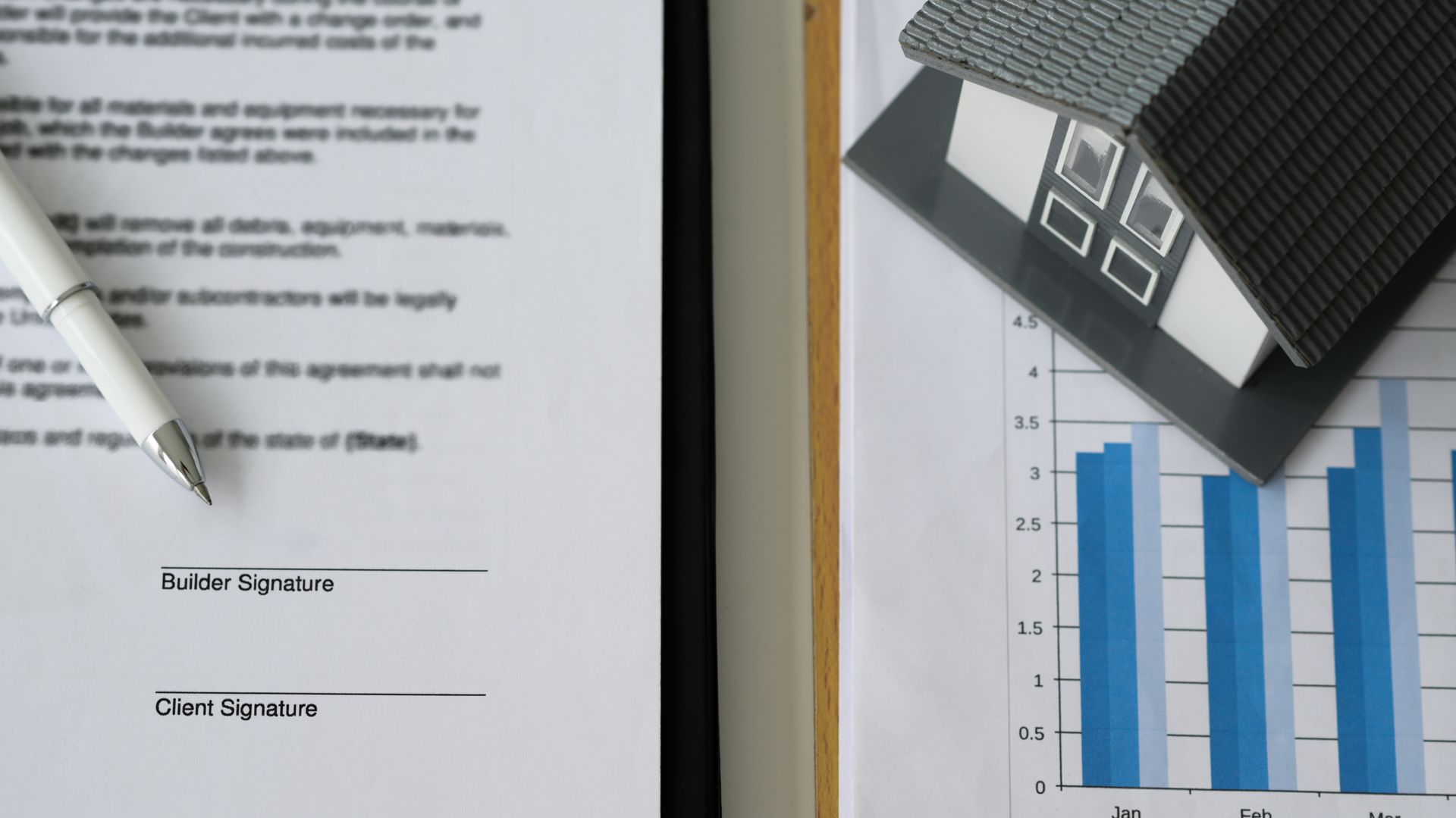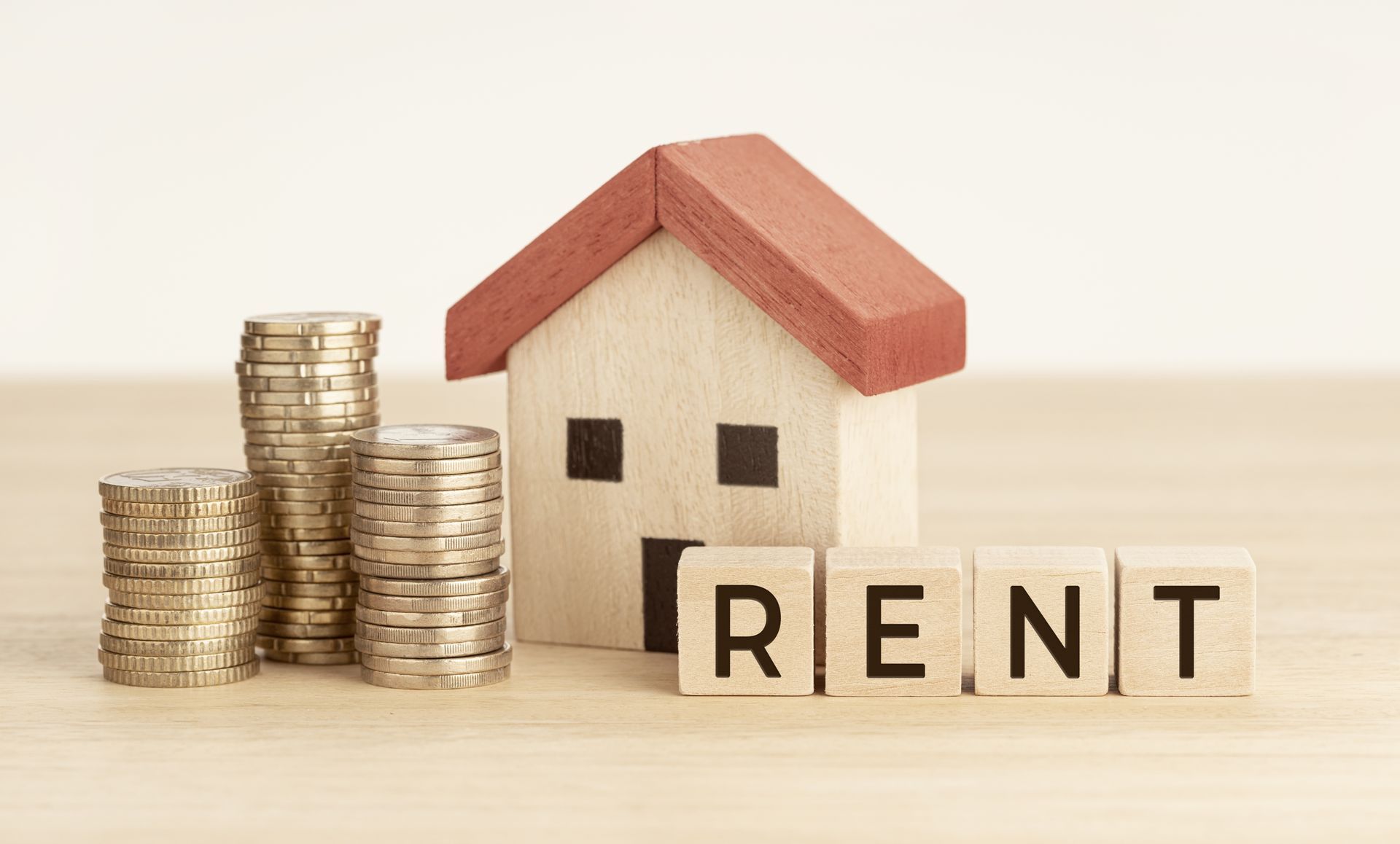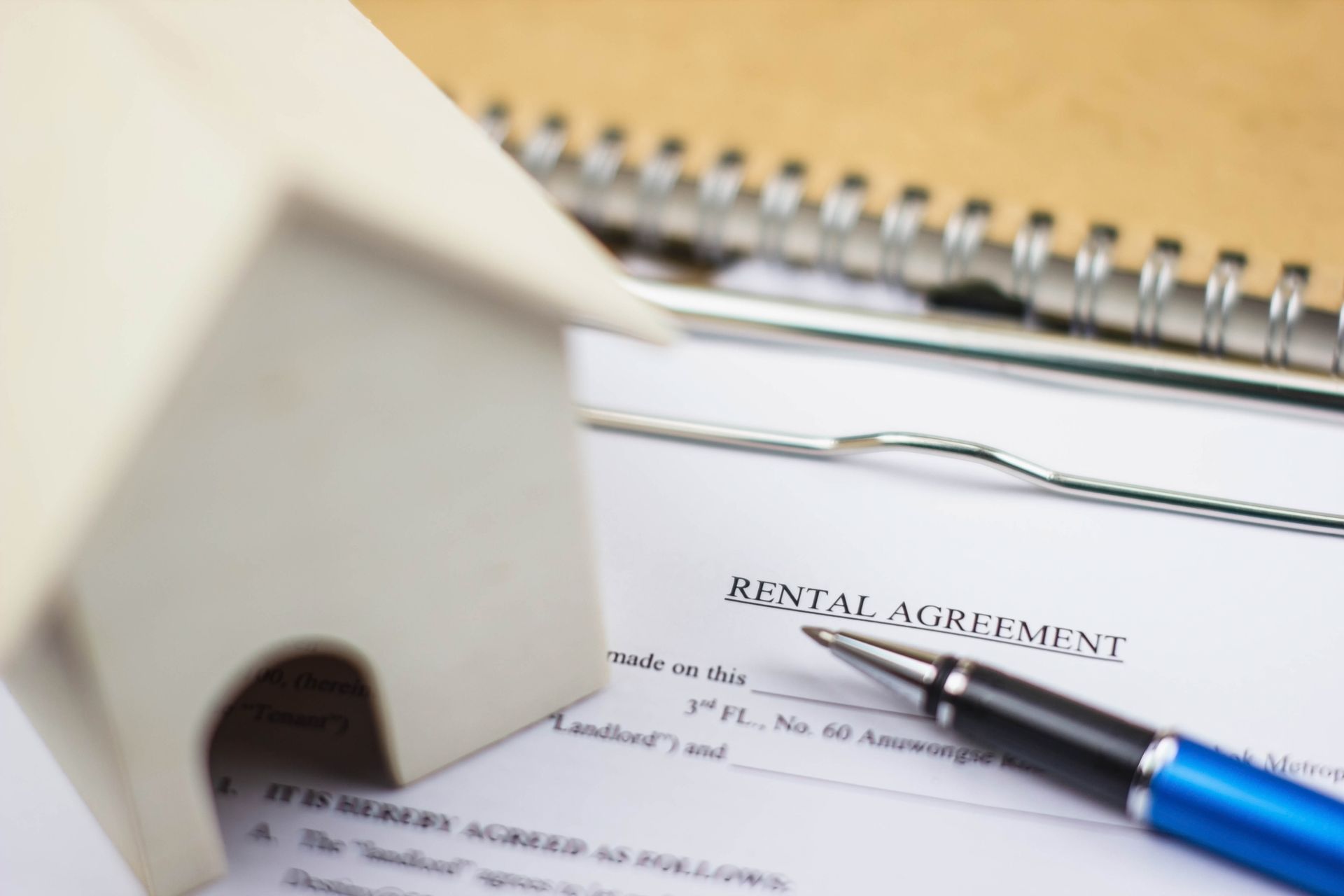Is Your Rental Actually Profitable? Here's How to Know for Sure
So far, we’ve covered pricing strategy, minimizing vacancy, and understanding your total costs. Now it’s time to zoom out and ask the big-picture question:
Is your rental property performing the way you need it to?
A lot of landlords stop at, “Well, the rent covers the mortgage, so I guess it's working.” But that doesn’t give you the full story. If you want to make smart decisions, whether it's time to raise rent, renovate, refinance, buy more, or even sell, you need a clearer lens.
That’s where tracking your property’s Key Performance Indicators (KPIs) comes in.
Think of KPIs like a scorecard for your rental. These aren’t complicated formulas, but they do give you a much sharper view of your property's true financial performance. We go deeper into this in Chapter 12 of our Essential Guide to Rental Property Success, but here’s a quick breakdown of the big three.
1. Net Operating Income (NOI)
Net Operating Income tells you how much profit your property generates from its day-to-day operations, before your loan payments come into play. It shows the raw earning power of the property itself.
Here’s the formula:
Gross Rental Income
➖ Vacancy Loss
➖ Operating Expenses (taxes, insurance, maintenance, management, HOA fees, utilities you cover, etc.)
= Net Operating Income (NOI)
Why it matters: NOI strips out your financing and focuses purely on property performance. It helps you see if the asset itself is solid, regardless of how you bought it.
2. Cash-on-Cash Return (CoC Return)
This one’s all about your personal investment performance. It tells you how efficiently your actual cash investment is working for you.
To calculate it:
Take your annual cash flow
(that’s NOI minus your mortgage payments, both principal and interest)
Then divide that by the total amount of cash you put in upfront
(down payment, closing costs, any major rehab)
The result is your Cash-on-Cash Return, expressed as a percentage.
This number helps you answer, “Am I happy earning 5% on this money? Or could it earn more elsewhere?” It’s a powerful tool for evaluating whether to hold, improve, refinance, or reallocate capital.
3. Capitalization Rate (Cap Rate)
Cap Rate gets used a lot in investment circles, especially when comparing different properties or markets. It tells you the return a property generates based on its current market value, assuming you bought it with all cash.
The formula:
Annual NOI ÷ Market Value = Cap Rate
Why it matters: Cap Rate helps level the playing field. It strips out loan terms and focuses on how strong the property’s income is relative to its price. It’s especially useful when analyzing potential new purchases or evaluating the competitiveness of your local rental market.
Why These Numbers Matter
Looking at rent minus mortgage might feel simple, but it doesn’t tell you much about where your money’s really going or how well your investment is performing over time.
Tracking these KPIs gives you insight into:
- Whether your expenses are too high
- If your rent is underpriced relative to market conditions
- Whether refinancing or making improvements would boost returns
- If your money would be better deployed in another property
When you know your numbers, you stop guessing and start managing your rental like a true investment.
We walk through these metrics step-by-step in Chapter 12 of our FREE Essential Guide to Rental Property Success. If you want to start thinking like an investor, not just a landlord, grab the guide now! Start tracking. It really does make a difference.
